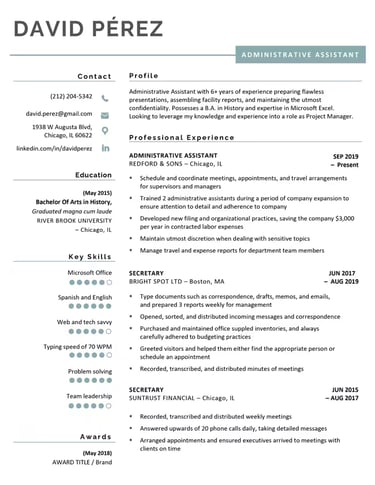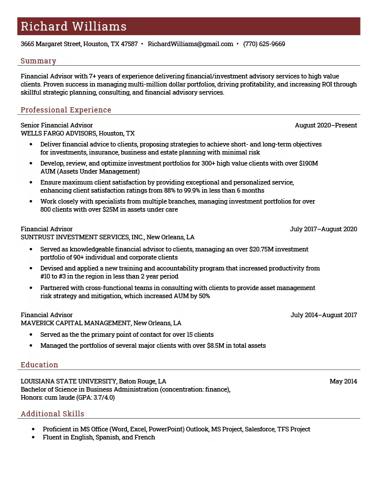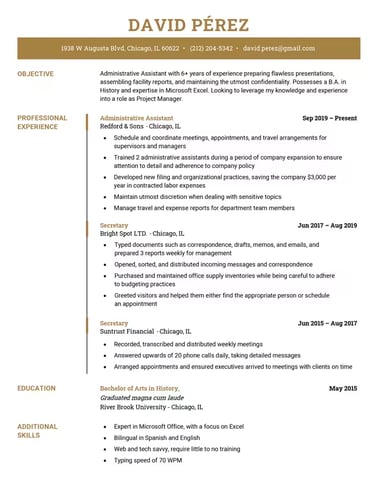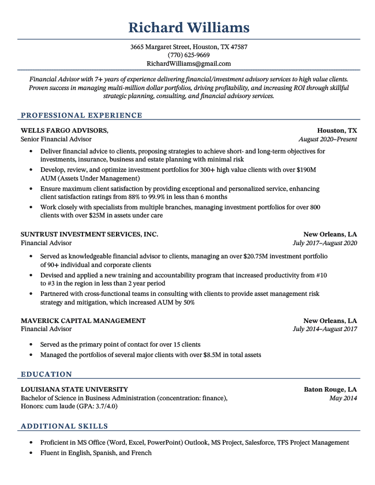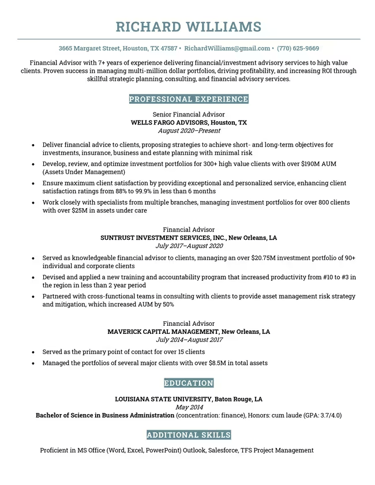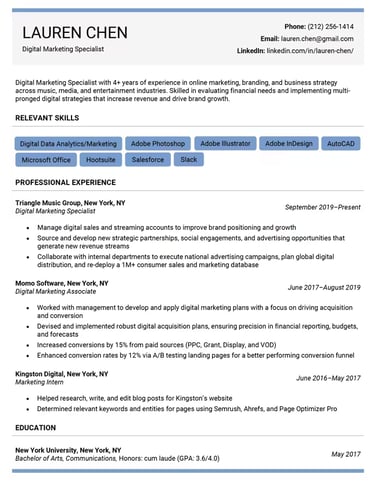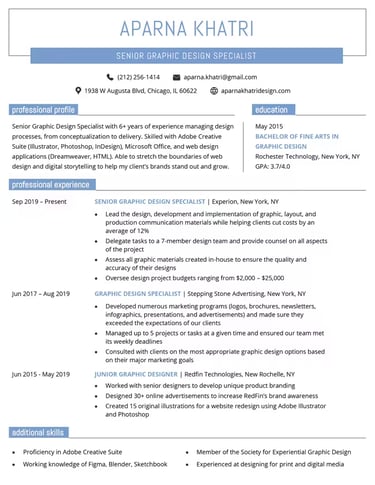Traditional Resumes vs. ATS: Why Old-School Wins
Discover why traditional resumes still hold their charm in a tech-driven hiring world. Learn how to craft a standout resume that balances ATS compatibility with personal storytelling to impress both algorithms and recruiters.
Akshata Bhat
12/11/20242 min read
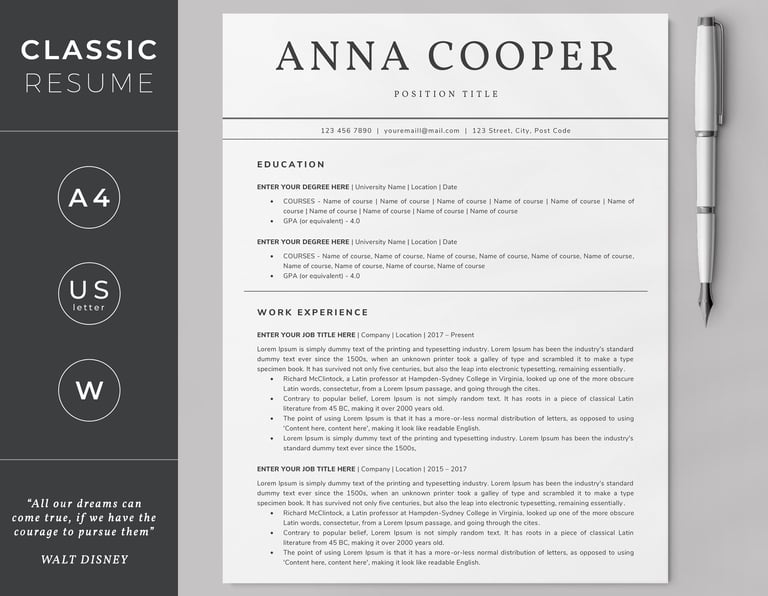

In today’s digital-first hiring landscape, Applicant Tracking Systems (ATS) are the gatekeepers of many job applications. These automated systems help employers sift through a mountain of resumes, identifying those that match their criteria. However, traditional resumes, crafted with a personal touch, still hold a unique edge. By balancing ATS compatibility with the appeal of a well-written, traditional resume, job seekers can stand out in any hiring process.
Understanding the ATS Advantage and Its Shortcomings
An ATS is designed to streamline recruitment, filtering candidates based on keywords, experience, and formatting. While this technology helps employers manage high volumes of applications, it can work against job seekers who rely solely on creativity or fail to optimize their resumes for ATS.
Key Challenges with ATS:
Keyword Dependency: If a resume lacks specific keywords from the job description, it may never reach a human recruiter.
Formatting Pitfalls: ATS often struggles with complex layouts, graphics, or non-standard fonts.
Overlooked Talent: The system prioritizes hard skills but may disregard soft skills and unique qualifications that don’t fit its algorithm.
The Strength of a Traditional Resume
Traditional resumes excel in telling a story that machines can’t interpret. They highlight personality, achievements, and context behind the numbers. For roles where creativity, leadership, or emotional intelligence are vital, a traditional resume can leave a lasting impression.
Resume Writing Keys for a Traditional Edge:
Tailor Your Content: Customize your resume for each job, focusing on achievements relevant to the role.
Showcase Impact: Use metrics (e.g., “increased sales by 20%”) to highlight your contributions.
Keep It Clean: A simple, professional format ensures readability for both humans and ATS.
Blending ATS Compatibility with Personal Touch
To maximize opportunities, job seekers should craft resumes that work for both ATS and human reviewers. This hybrid approach ensures your application gets past the initial scan while maintaining the personal touch.
Tips for Balancing Both:
Use Keywords Strategically: Incorporate keywords naturally within your achievements and skills sections.
Choose the Right Format: Stick to clean, ATS-friendly templates with clear headings and bullet points.
Don’t Overlook Soft Skills: Highlight soft skills in the summary or cover letter to complement your technical expertise.
When Traditional Resumes Shine
In industries like design, marketing, or leadership, recruiters often favor resumes that stand out visually or narratively. Networking also plays a pivotal role; handing over a thoughtfully crafted resume in person can bypass ATS entirely.
Conclusion
While ATS technology simplifies hiring for employers, job seekers should remember that resumes are not one-size-fits-all. By blending the precision of an ATS-compatible resume with the depth and personality of a traditional one, you can appeal to any audience. Remember these key strategies to write a standout resume and adapt it to the role and industry you’re targeting. After all, your resume is more than a document—it’s your professional story.
Assistance
© 2025. All rights reserved.
Please note that none of my services are available for Per Scholas learners and alumni. As a Per Scholas employee, I will assist them for free. My freelance work is conducted outside of my professional role, in compliance with the non-solicitation policy
